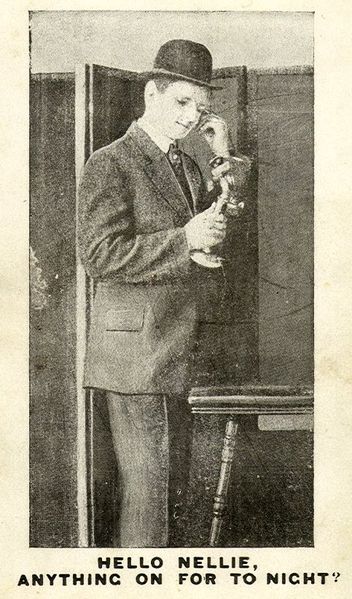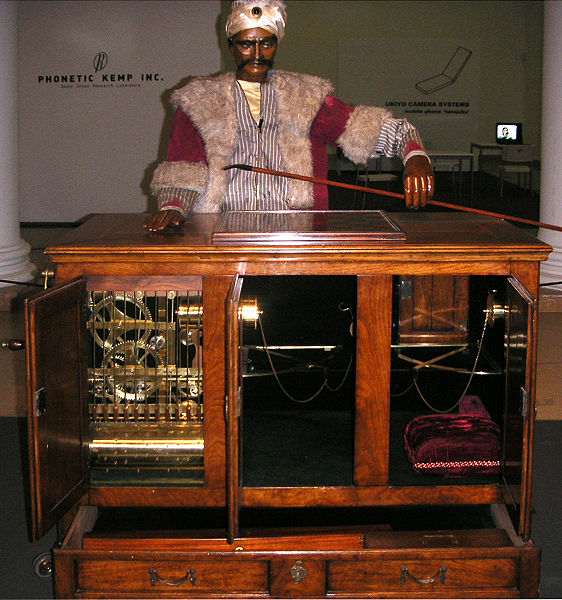
Figure 1 – The internet 1910, from the Wikimedia Commons and in the public domain.
I received two interesting comments today. The first was from my son pointing out that my wife and I had paid for information that we could have gotten free on the internet. The second was from a reader in response to my post about the demise of the International Herald asking why anyone would want to shell out two euros for a twenty page newspaper, when the same information could be obtained for free on the internet. See there’s a common thread here.
Let’s ignore that fact that nothings really free. I pay a lot for my Verizon FIOS internet service at home and for four smart phones. The common theme is the belief that information both text and image should be free. It’s part of the democratization of the internet that we have often spoken about. And it goes way beyond newspapers. In the dinosaur ages, when I was a boy, you had to send photo-prints to your family and friends, if you want to distribute them. Now you create them, for free, send them to your friends, for free, and store them on The Cloud for free.
Anybody can write, opine, and post for free. Indeed, a lot of the opinions that I see on social media I wish that I had to pay for, because I wouldn’t and, therefore, wouldn’t be subjected to. This, I guess, is that old adage that you get what you pay for returning like reflux at a chili fest.
Efforts like those of the NY Times, as an example, to charge for content or webstorage services are, I suspect, doomed to failure. I expect that they will be “gone with the wind.” And don’t give me the old quality of information argument. Ever read the NY Post? These vendors need to invent new ways of making money from their content otherwise their consumers will retreat.
So then you’re probably going to point out that all this Cloud Cruisin’ leaves you oh so open and vulnerable to cyber attack – to tracking, to directed ads, and to even more evil acts like identity theft. Of course it does all of that. Remember that I said that ultimately nothing is free!
We’re paying a big price. So the perception of being free is a chimera. The value that you are getting is accessibility, downloadability, and indexing. Whenever I want to sound erudite and post a quote here, I just type a few remembered lines into Google and out it pops. Or if I want to see a photograph, I can almost always find it somewhere on the web – more often than not having been posted with complete disregard for copyright – another price of civilization. This kind of rapid accessibility is however, worth quite a lot – another old adage “time is money.”
I always seem to get to this point in a blog about the internet or social media which begs a pithy conclusion. The conclusion is ultimately always the same. You don’t need to embrace change. It doesn’t care about you. It will be happy to leave you behind. Technology is progressing without retreat – always has been; it’s only faster now (psst, because the singularity is approaching).


